NATO: 300,000 troops 'on high readiness' for war with Russia
NATO leaders have agreed to keep 300,000 troops ready in the event of a potential major war with Russia.
"The offers on the table from allies comfortably exceed the 300,000 that we set," a senior alliance official said on Thursday.
"Those are forces which allies have said to us, 'They are available to you as of now at that level of readiness'."
“There are capability gaps. There are things that we don’t have enough of as an alliance at the moment and we need to tackle,” the official said.
The push to have more troops ready to respond quickly is part of a broader overhaul of NATO’s plans to stave off any potential Russian attack that was signed off at a summit last year.
NATO is developing multiple “land corridors” to rush US troops and armor to the front lines in the event of a Russian invasion of NATO.
US troops would be shipped to the port of Rotterdam before being transported eastward.
But arrangements are also being made behind the scenes to expand the routes to other ports to ensure the ground line of communications cannot be severed by Moscow’s forces.
It comes amid warnings from the Western alliance’s top leaders that Western governments must prepare themselves for a conflict with Russia in the next two decades.
NATO commanders are currently trying to make sure they have the capabilities to execute those plans if needed. But the alliance faces shortfalls in key weaponry such as air defenses and longer-range missiles.
“There are capability gaps. There are things that we don’t have enough of as an alliance at the moment and we need to tackle,” the official said.
In a rare reference to the Western nuclear arsenal, NATO chief Jens Stoltenberg in Brussels on Wednesday highlighted the alliance's efforts to adapt its capabilities to current threats.
Stoltenberg said the Netherlands in June declared the first F-35 fighter jets ready to carry nuclear arms and said the US was modernizing its nuclear weapons in Europe.
NATO rarely talks about these weapons publicly.
On Tuesday, Russia said its troops had started the second stage of drills to practice the deployment of tactical nuclear weapons alongside Belarusian troops after Moscow said were threats from Western powers.
Russian President Vladimir Putin has repeatedly said Moscow could use nuclear weapons to defend itself in extreme situations.
Russia accuses the US and its European allies of pushing the world to the brink of nuclear confrontation by giving Ukraine billions of dollars worth of weapons, some of which are being used against Russian territory.
VIDEO | Pakistan sees decline in attacks after Afghanistan border closure
VIDEO | Yemen’s Hadramout facing tensions after Saudi strikes
US kidnapping of Venezuela’s president ‘clear instance of state terrorism’: FM
‘Maduro our only president; no empire will rule us’: Venezuela vows resistance after US kidnapping
VIDEO | Press TV's news headlines
VIDEO | US aggression against Venezuela
Iran widens food subsidy coverage amid rising living costs
Gen. Soleimani thwarted US plots in West Asia region, Hezbollah chief says


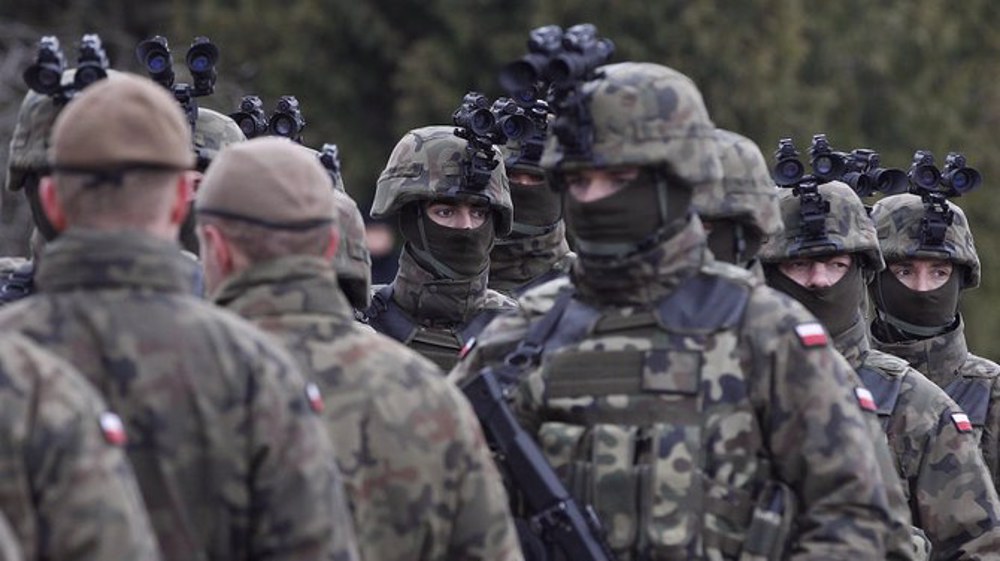
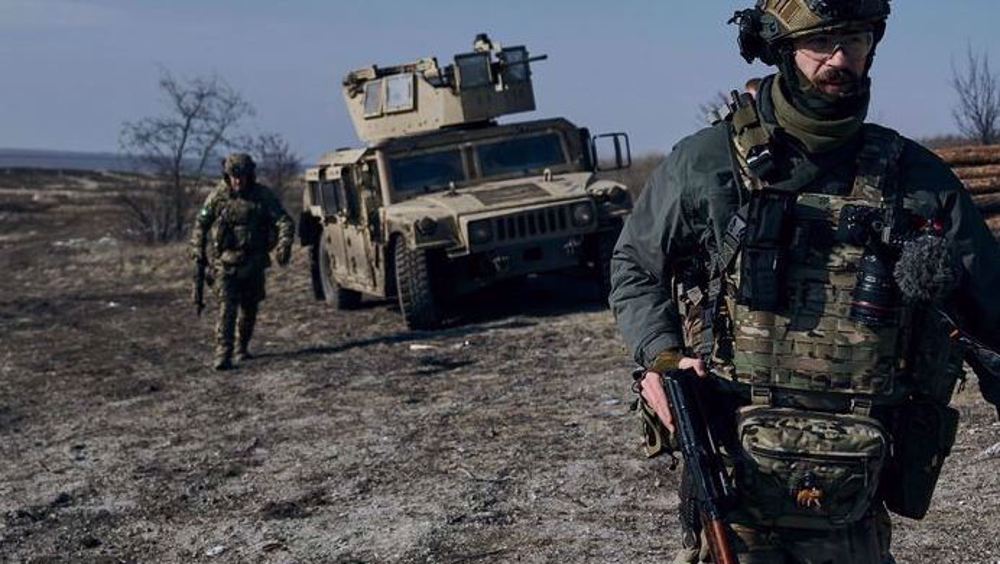
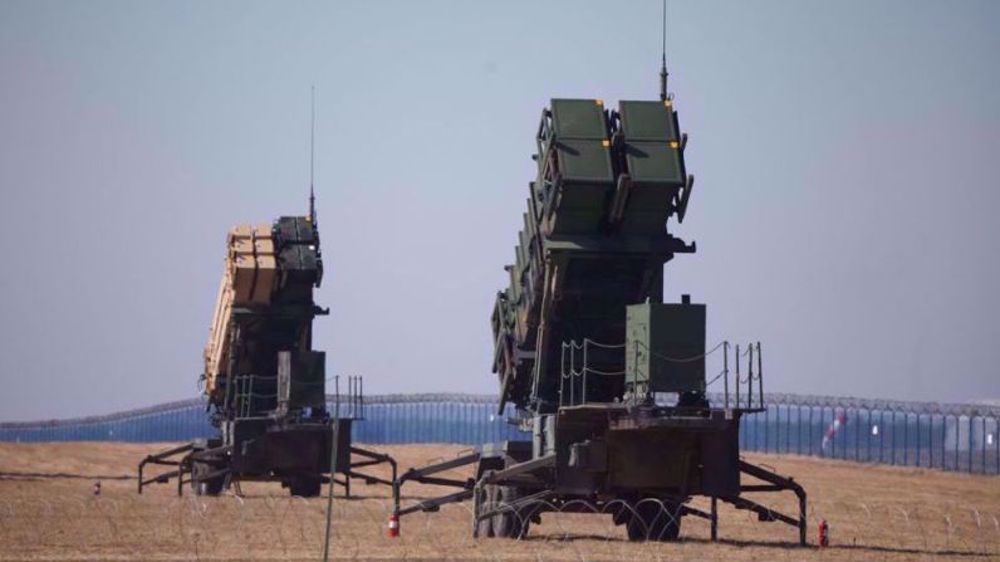
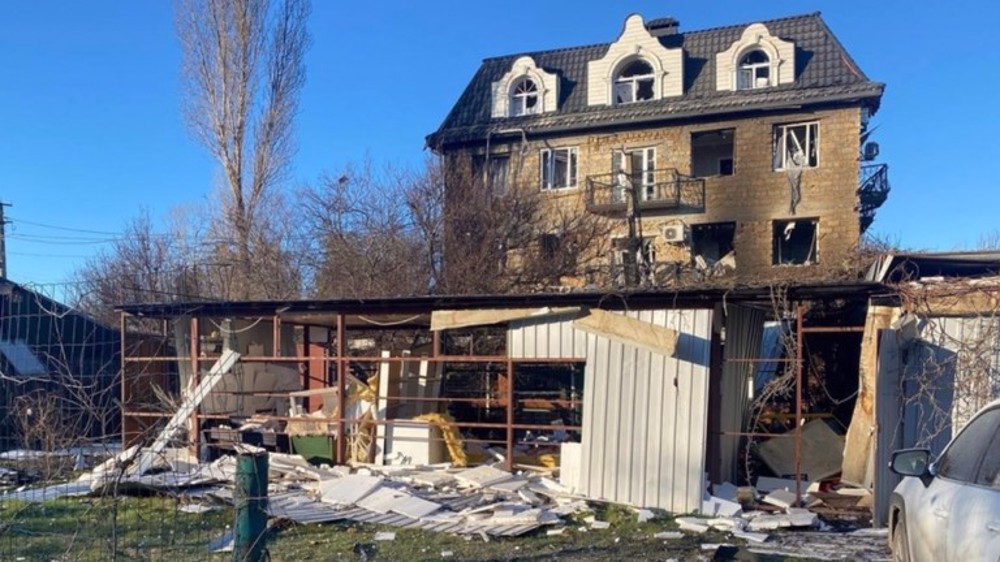
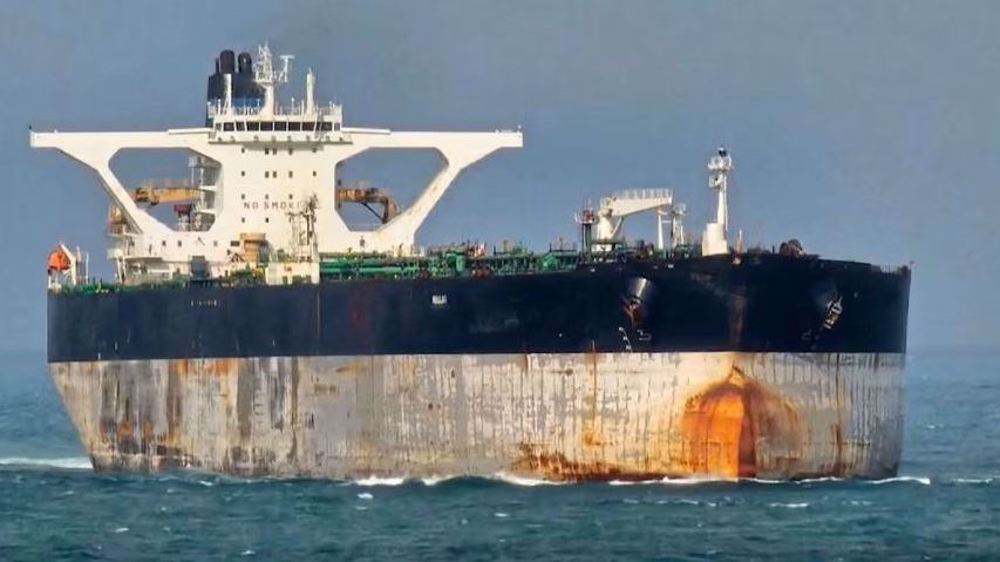




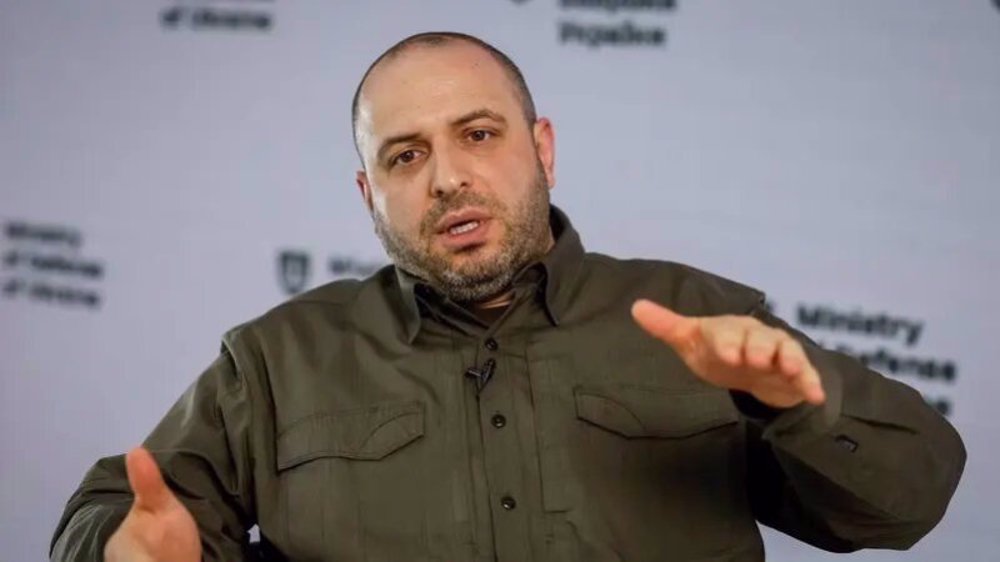
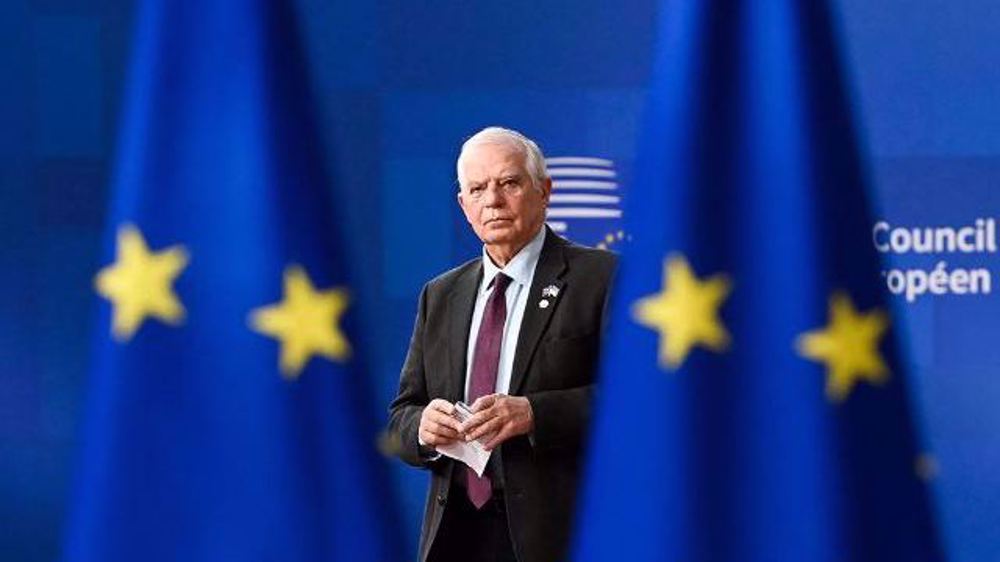
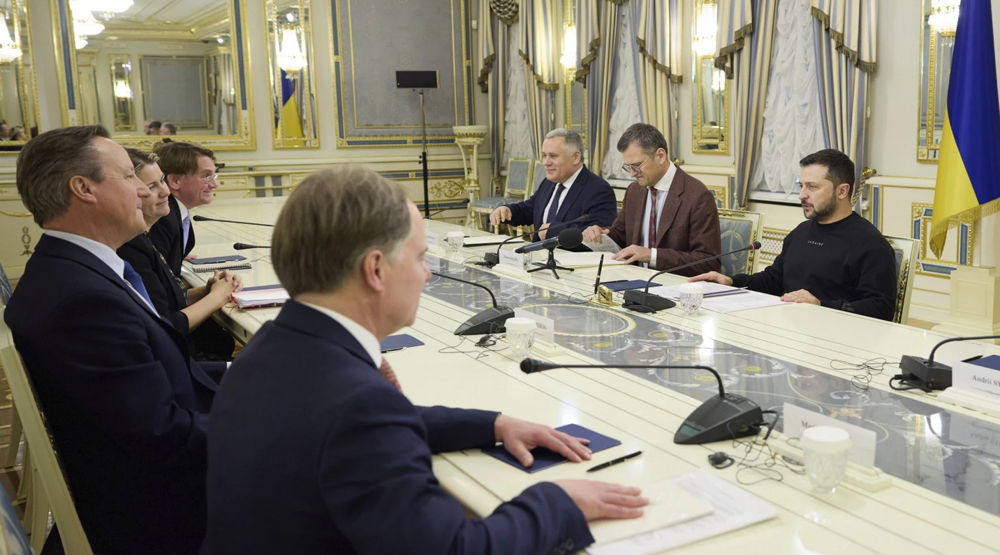
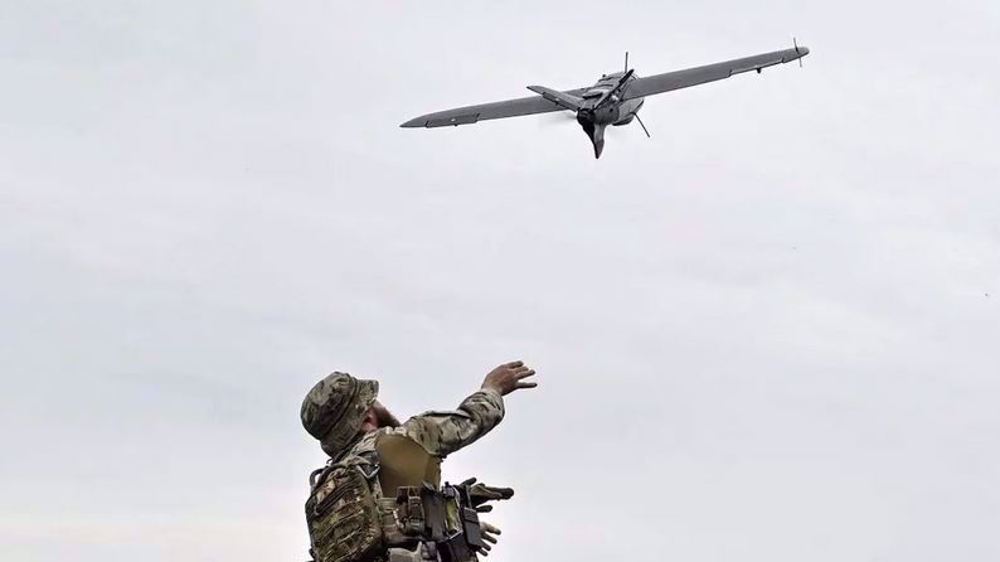
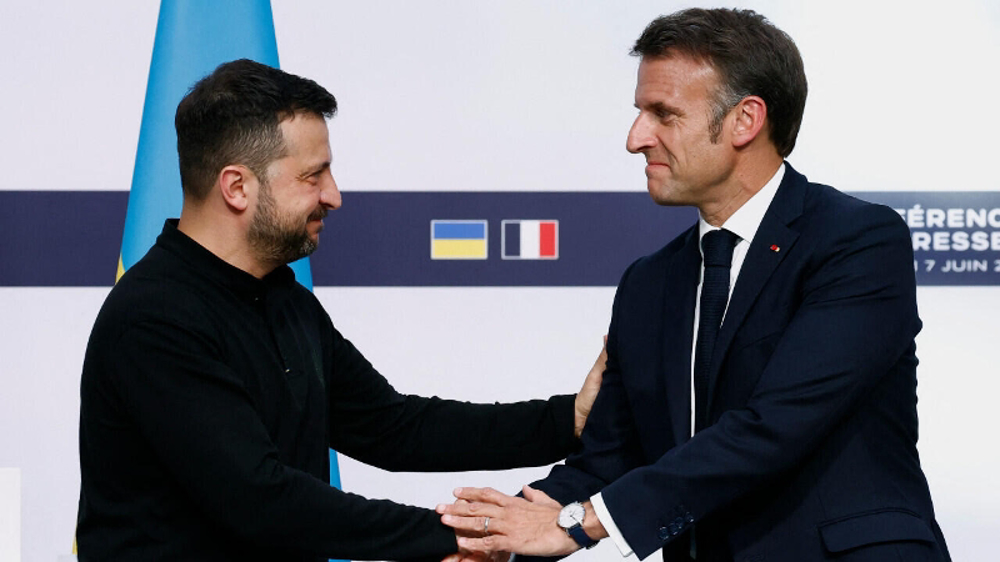
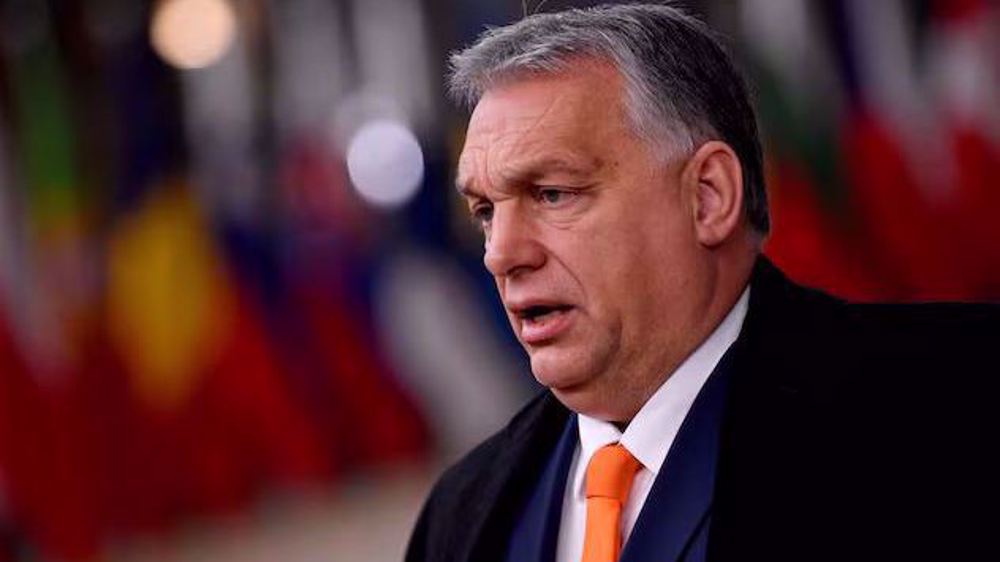
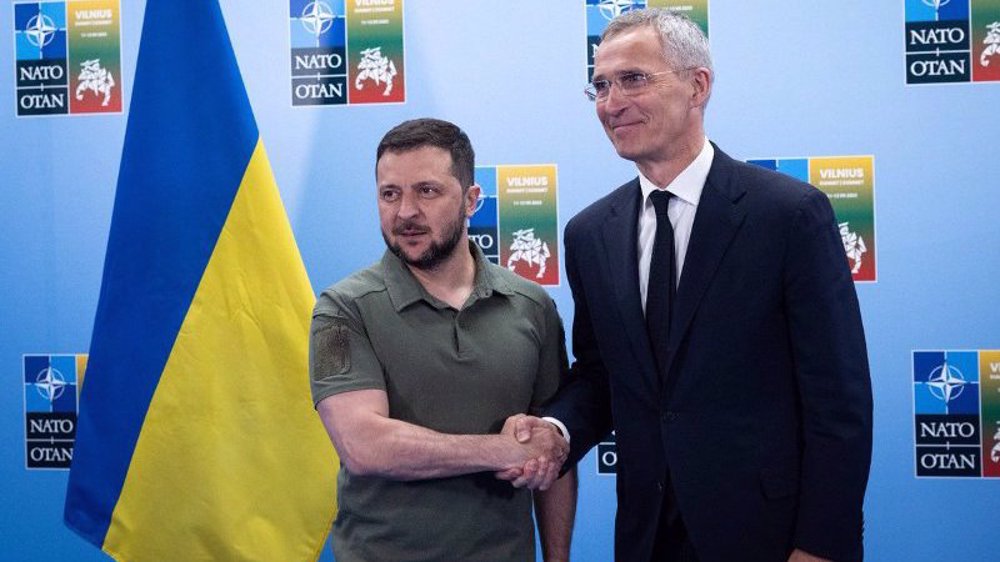
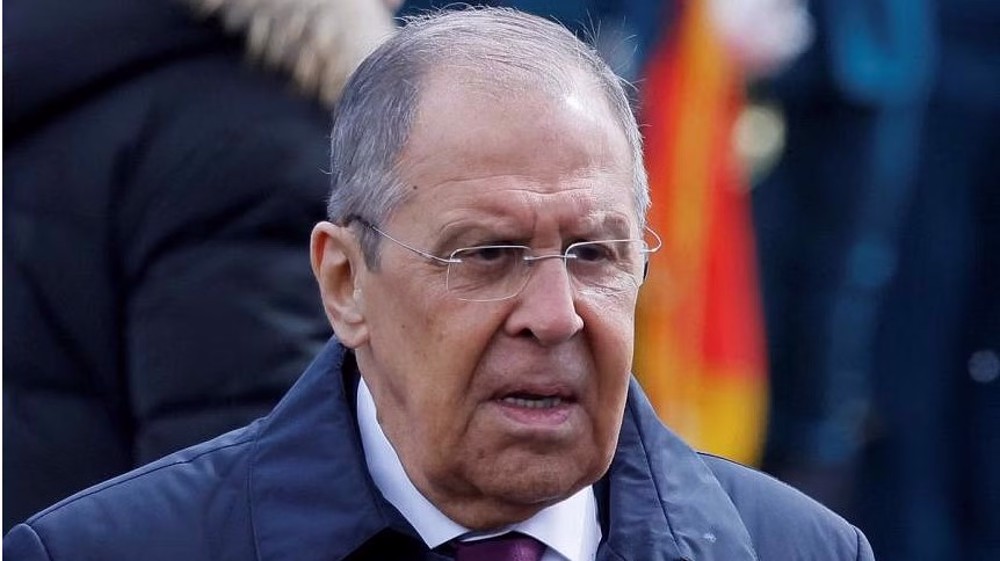
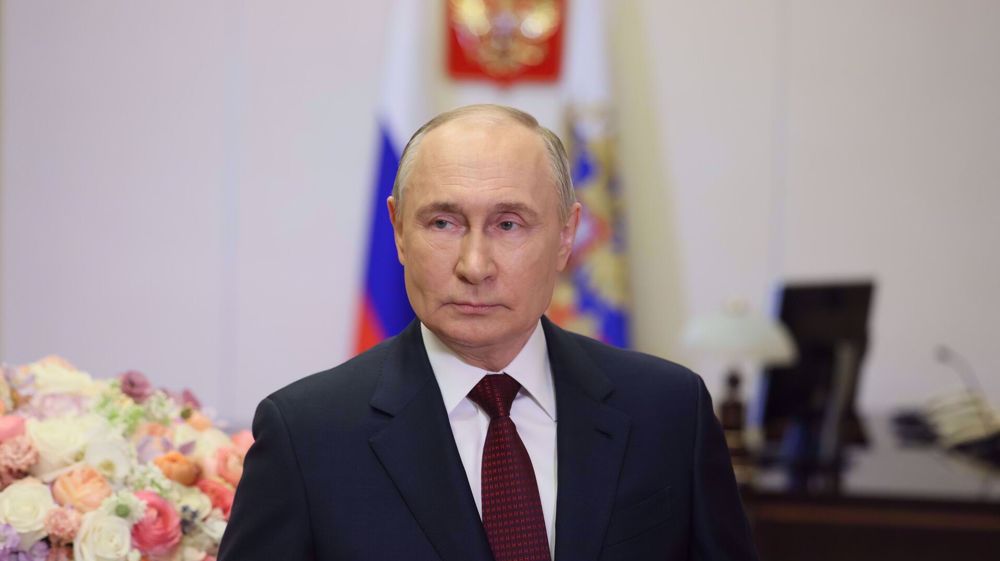

 This makes it easy to access the Press TV website
This makes it easy to access the Press TV website